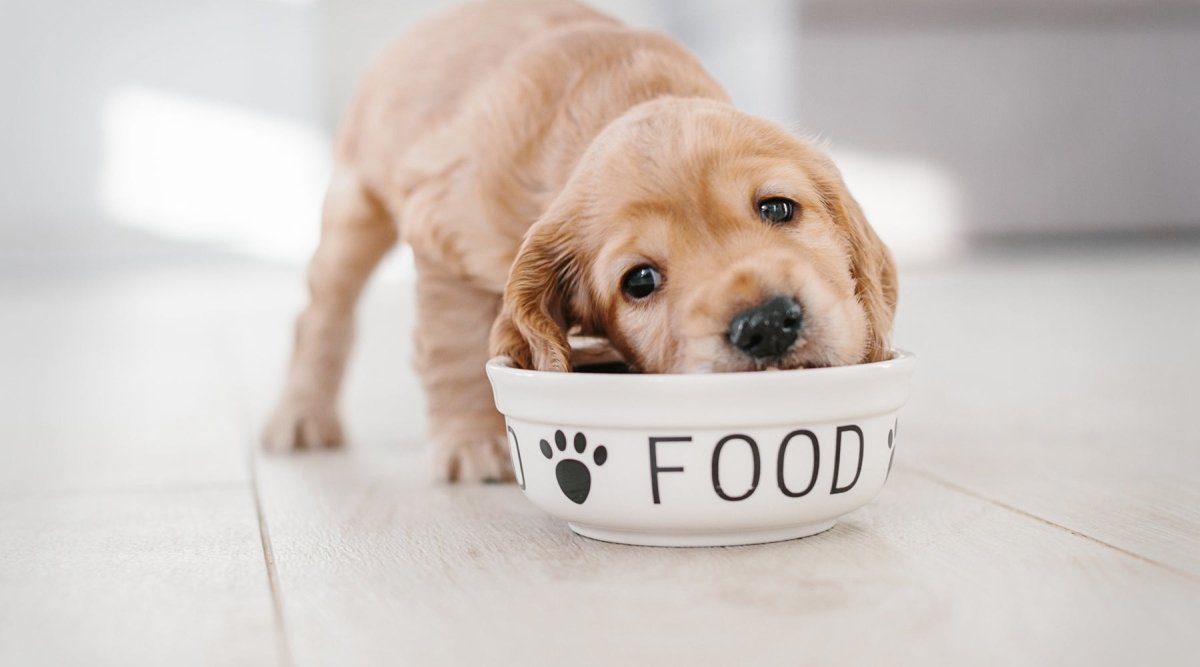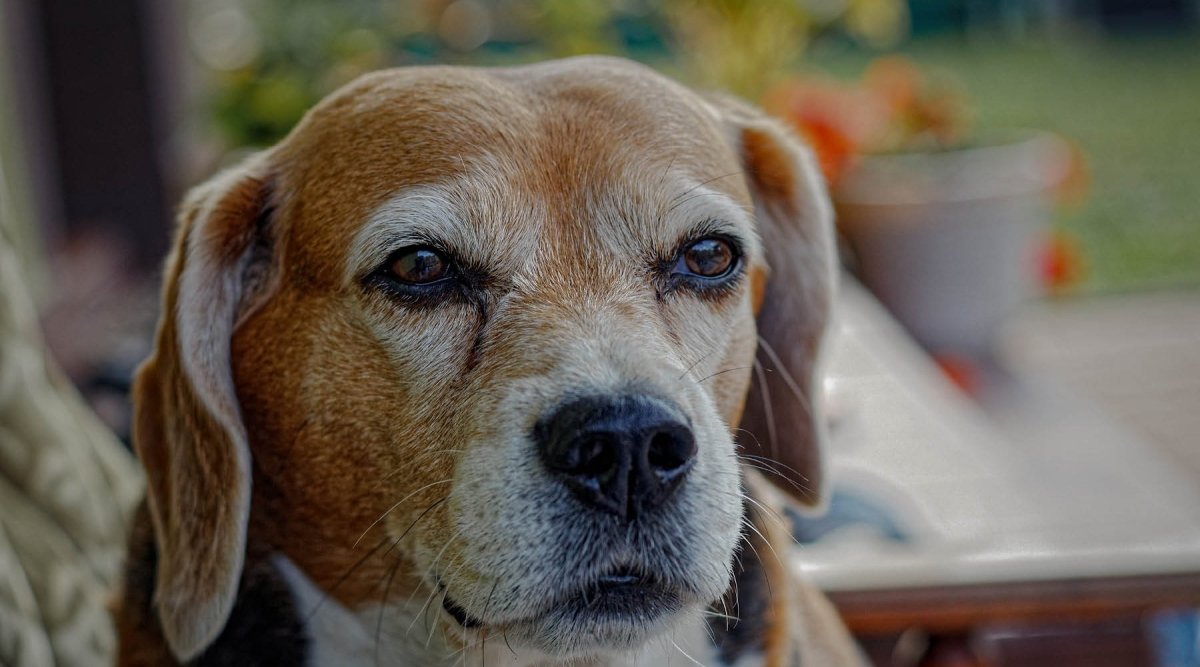Are you interested in the Miniature Pinscher breed or are you even considering getting a Miniature Pinscher puppy or an adult dog? We will introduce you to the Miniature Pinscher character and give you tips on training. This is the best way for you to decide whether the Miniature Pinscher is the right dog for you and your circumstances.
What does a Miniature Pinscher look like?
The Miniature Pinscher, also known as the Rattler and Deer Pinscher, is one of the smaller dog breeds in terms of size, but it is not a cozy lap dog. It is often referred to as the Mini-Dobermann, to which it is originally related. However, it was bred directly from the German Pinscher. As a smaller version, it does not appear dwarfish in comparison to its big brother, but has a rather robust and muscular build.
Its short and dense coat usually has a natural sheen. Miniature Pinschers are bred in the colors deer red, red-brown to dark red-brown and black. The black Miniature Pinschers are similar to the German Dachshund. The ears of this breed are either protruding and triangular or folded down.
The tail of the Rattler resembles a narrow sabre and is firm and strong. Unfortunately, the tail of this dog breed is often docked, leaving only a small stub. Tail docking is prohibited and may only be carried out for medically necessary reasons. However, it is "tolerated" in hunting dogs because, according to hunters, there is a high risk of injury if the dog's tail gets caught somewhere during the hunt.
Miniature Pinscher character and training
The Miniature Pinscher character is balanced: It is alert, self-confident and attentive as well as very adaptable and eager to play. Miniature Pinschers are very suitable as family dogs. They are very people-oriented and, due to their play instinct and curiosity, are also suitable for a children's household. However, children should learn how to handle the dog and be able to show it boundaries. The Miniature Pinscher must not get into a situation where it sees itself as the leader of the pack and places itself above individual family members, as it likes to test boundaries.
The Miniature Pinscher also has a tendency to be underchallenged and should be exercised accordingly, both physically and mentally. His pronounced willingness to learn makes him a joyful learner.
Even though the Miniature Pinscher is a low-maintenance dog, it still has a pronounced hunting and guarding instinct. This is why they like to stick their nose down a rabbit hole or chase after mice, hares and other wild animals. However, their hunting instinct can lead to unpleasant encounters with cats. In order to keep the Rattler in a household with other cats, it should be accustomed to the animals from puppyhood. Dogs that are already older may have problems adapting to the house tigers. In addition, this breed is easily excitable, with a tendency to bark frequently, so they need consistent training from an early age.
Is the Miniature Pinscher right for me?
The Miniature Pinscher is suitable for a family with older children as well as for a single person. It needs consistent training, otherwise it can sometimes take on the role of pack leader. You should have enough time for your Miniature Pinscher, just taking him for a walk is not enough. This dog breed feels particularly comfortable around its favorite people. They prefer to go for long walks and can keep up well with jogging and cycling thanks to their great urge to move. This dog breed is therefore very well suited to active people. Incidentally, our green-lipped mussel capsules can be given to preventively support the joints and agility.
The Miniature Pinscher does not like to be left alone. Of course, it's all a matter of training, so you should get your Miniature Pinscher puppy used to the fact that he can't follow your every move.
Typical breed diseases in the Miniature Pinscher
Miniature Pinschers are very robust little dogs. Nevertheless, they are also prone to typical breed diseases and physical limitations:
Patellar luxation
Patellar luxation, also known as dislocation of the patella, can either be congenital or occur after an accident. The Miniature Pinscher breed is predestined to inherit this condition. Patella dislocation usually occurs in young dogs that are still growing. The kneecap can either be turned inwards or outwards. The best way to tell if your dog suffers from this is if he hops when running and only puts weight on his leg every 2-3 steps. A more serious deformity can also cause lameness in Miniature Pinschers.
Stencil disease/alopecia
Alopecia can also be genetic in the Rattler. Although sporadic hair loss can be improved with the right diet and nutritional supplements, relapses can occur again and again and the four-legged friend will lose fur again. The dog's hormonal status and avoiding stress are important factors in curbing this hereditary disease. To counteract alopecia, you can add salmon oil, coconut oil for dogs and brewer's yeast for dogs to the Dwarf Pinscher's food. While salmon oil boosts the natural coat metabolism, brewer's yeast provides important vitamin B and thus promotes coat growth. Coconut oil supports the immune system and can be used both externally and internally.
Heart problems
As the Miniature Pinscher is related to the Doberman, heart problems cannot be ruled out in this breed either. The main focus is on two heart diseases: dilated cardiomyopathy (DCM) and heart valve defects. Both diseases are characteristic of these breeds and their breeds. The dog's heart should therefore already be examined at 1-2 years of age.
Sensitivity to cold
Miniature Pinschers are actually more sensitive to the cold than other breeds. This is because they are very narrow and also have a thin, short coat with no undercoat, which does not repel much cold. This dog breed is therefore not optimally equipped to withstand cold temperatures. In addition, frostbite can occur on individual limbs such as the ears, tail end or paws. A dog coat is actually useful for this dog breed in the cold season and not just a fashion accessory.
Increased trembling
Increased trembling can be observed in many Miniature Pinschers. This can be due to the fact that the dogs are really cold and very excited, but overbreeding is also often the cause. Animals that are much too small are particularly prone to permanent trembling.
Grooming dwarf pinschers
Grooming dogs can vary greatly depending on the breed. While German Shepherds require a lot of grooming due to their long coat, the coat of the Miniature Pinscher is quite undemanding. It is very easy to care for, as hardly any dirt accumulates in the short coat. With a lack of minerals and vitamins, it can sometimes become brittle and dull and also lose its natural shine. Older Miniature Pinschers also tend to have a dull coat. In this case, you can add some high-quality vitality powder for dogs to the daily food and after 1-2 weeks the nutrient deficiency should be compensated for and your Miniature Pinscher's coat should shine again.
Apart from that, paw and claw care is also part of the routine for this dog breed. You should check your Miniature Pinscher's paws regularly, especially in winter, and apply a protective paw balm for dogs if necessary. This will prevent the paw pads from becoming dry and cracked so quickly. When trimming your dog's claws, you should make sure that they are long enough. If he runs mainly on asphalt and other hard surfaces, the claws will wear out on their own, so frequent claw trimming is not necessary for your Rattler. However, if your four-legged friend romps more over meadows, on forest paths and similar surfaces, it may well be that the claws need to be trimmed more often.
In our video on trimming your dog's claws, we show you some tips and tricks on how you can easily trim your dwarf pinscher's claws.
Conclusion
Even though the Miniature Pinscher is one of the smaller dog breeds, it is still quite a character. The passionate hunter is a loving family dog that doesn't like being underchallenged. He therefore enjoys lots of attention, regular training and plenty of time with his favorite people. Genetically, this robust four-legged friend is prone to some hereditary diseases, so dog owners should clarify these at an early stage. Otherwise, the little Pinscher needs a firm hand to reprimand him from time to time.



